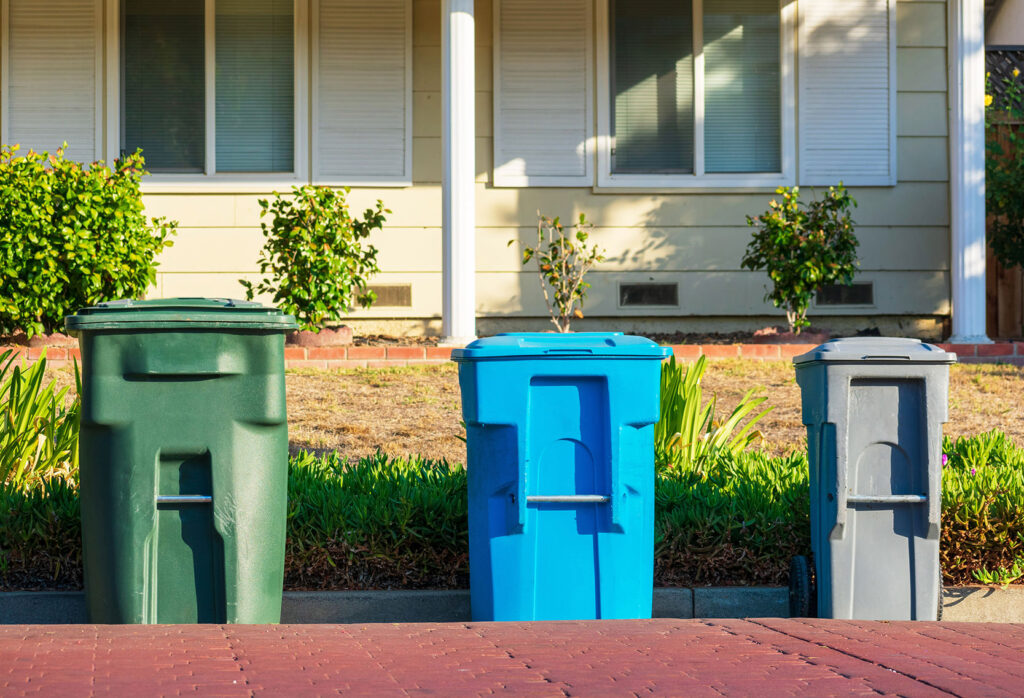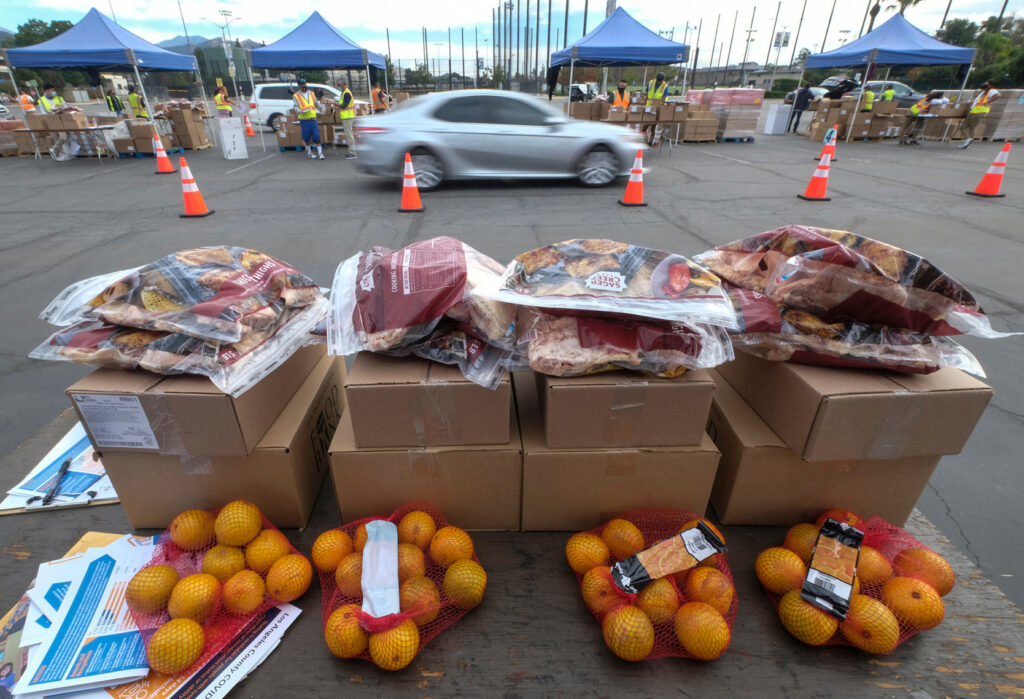
Food Scraps Recycling: Two Years On, How is California’s Composting Mandate Progressing?
With a target of reducing edible food waste by 20% and diverting 75% of organic waste from landfills by 2025, California’s SB 1383 Regulations came into effect in the beginning of 2022, with new Statewide Mandatory Organic Waste Collections helping to divert 117,000 tons in the year’s first quarter.
California’s Department of Resources Recycling and Recovery (CalRecycle) are overseeing the rollout of the mandate, and the state remains committed to achieving its environmental goals two years on. Despite significant challenges in some regions as existing infrastructure adapts to the new regulations, landfill diversion rates and market growth for recovered organic waste resources are on the rise.
metroSTOR takes a look at the progress made by California following implementation of the mandate, the degree of challenges faced by local jurisdictions to accommodate the new regulations, and the outlook for reaching the 75% diversion target by 2025.
California’s Composting Mandate was introduced in order to transform the state’s throwaway culture, while easing pressure on landfills and reducing greenhouse gas emissions. Scientists estimate that 20% of methane emissions in California come from landfills, with organic waste a significant contributor. These impacts are significantly counter-productive to the state’s ambitions for reducing the effects of global warming.
The mandate was originally passed into law back in 2016 by former Governor Jerry Brown, seeking to reduce the flow of waste to landfills and produce clean streams of raw organic material that can be recycled into high-quality resources such as compost and renewable natural gas. Before the mandate, more than 50% of trash produced by households and businesses in California was organic materials, especially food scraps and garden waste.
California’s SB 1383 Regulations requires all jurisdictions to provide organic waste collection services for all residents and businesses within their catchment area. Under the mandate, organic waste includes food scraps, landscape waste, organic textiles, wood, paper products, manure, biosolids, and digestate.

Under the mandate, jurisdictions are required to meet annual procurement targets for recovered organic waste resources. Set at 0.08 tons of compost per person in a given jurisdiction, these targets can be met by government agencies buying resources such as compost, biofuel, and electricity. SB 1383 also requires that 20% of still-edible food is diverted and redistributed by supermarkets and other food providers by 2025, to help support those with food insecurity challenges within the community.
Jurisdictions are required to educate residents and businesses about the collection requirements, including the materials accepted for disposal. Local governments are enabled to fine residents and businesses that don’t separate their organic waste appropriately, while state law enables the distribution of fines of up to $10,000 for jurisdictions that fail to comply. However, CalRecycle has stated their focus is on raising awareness and educating residents, allocating resources to support local governments in meeting the mandate. The criteria for collection services can vary to accommodate local communities and existing infrastructure.
For single-family households and multifamily complexes (of less than 5 units)
Multifamily Residents and Multifamily Complexes (of 5 units or more)
Property Managers and Owners
Citing a need for more time to refine regulations, secure funding for the development of infrastructure, and establish a statewide education program, California’s Little Hoover Commission published a report in June 2023 that called on the state to consider a temporary hold on implementing the SB 1383 regulations. Among the recommendations is an exemption on counties that produce less than 200,000 tons of waste annually.
The report addresses the concerns of local jurisdictions who, in the face of large-scale change, held significant concerns regarding the cost expenditure and practicality of enforcing the mandate. These recommendations were ultimately considered counterproductive by CalRecycle and other waste management organisations, who have since opposed the hold. The state has distributed around $240m of funding to jurisdictions to help ease the financial burden produced by the mandate, though most collection programs and local composting facilities are operating at capacity, undertaking considerable work to develop additional infrastructure to expand their operations. Most have also faced challenges meeting their procurement targets in the early stages.
In Long Beach, residential organic waste collection isn’t expected to commence until some time this year. Los Angeles, meanwhile, has been able to successfully roll curbside collection programs for single-family households, however, the process has so far been more complicated for businesses and multi-family households, with over 20,000 properties yet to subscribe for their collection service. However, this follows a common trajectory when establishing curbside collection programs.
Logistically, participation is easier to ensure for single-family households owing to a greater availability of curbside space for roll-out carts and the benefit of individual householder responsibility. Varying levels of individual interest, awareness, and circumstances have made participation from multi-family households harder to secure for California’s Composing Mandate. For this reason, many jurisdictions have prioritised their efforts on increasing participation and educating residents.

Following the report by The Little Hoover Commission, CalRecycle has shared data that demonstrates progress made towards the 2025 targets, as well as the specific funding awarded to various jurisdictions.
CalRecycle reports that 75% of communities now have some form of residential organics collection programs in place, while nearly 100% reported expanding existing commercial organics collection programs. CalRecycle’s combined funding of $130.6m is projected to help recycle 7.7m tons of organic waste over the next 10 years.
California remains well on track to hit their target for 20% of edible food to be redistributed by 2025. A second tier of businesses, including restaurants, hotels, and large venues, will be required to begin donating edible food in 2024. CalRecycle’s next study on progress for SB 1383 is planned for 2024 and updates will be published in 2025.